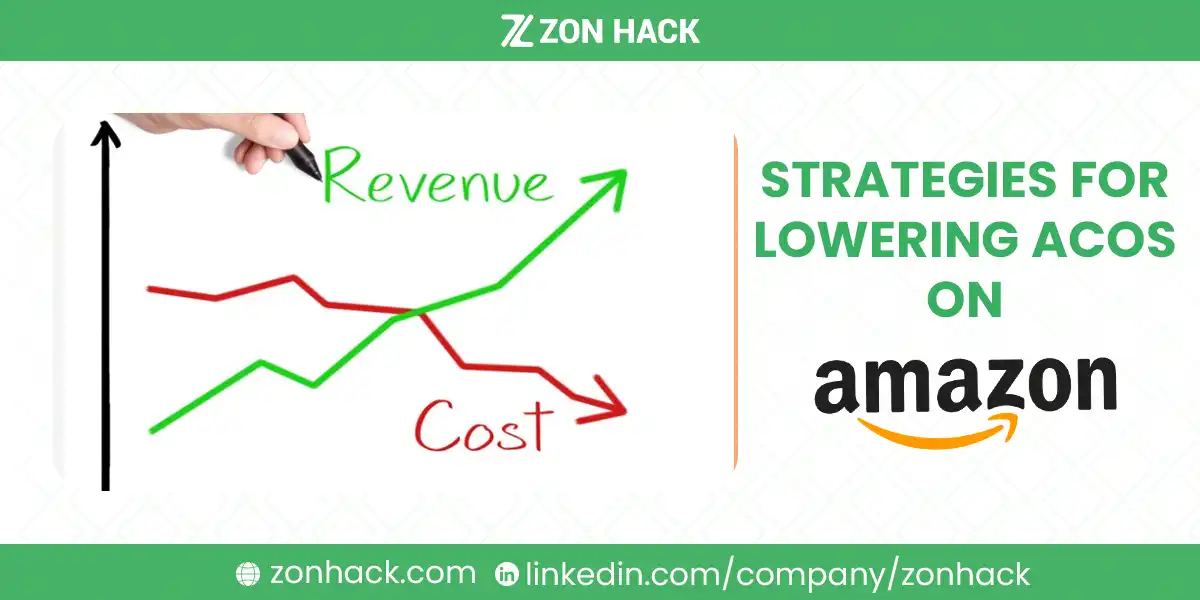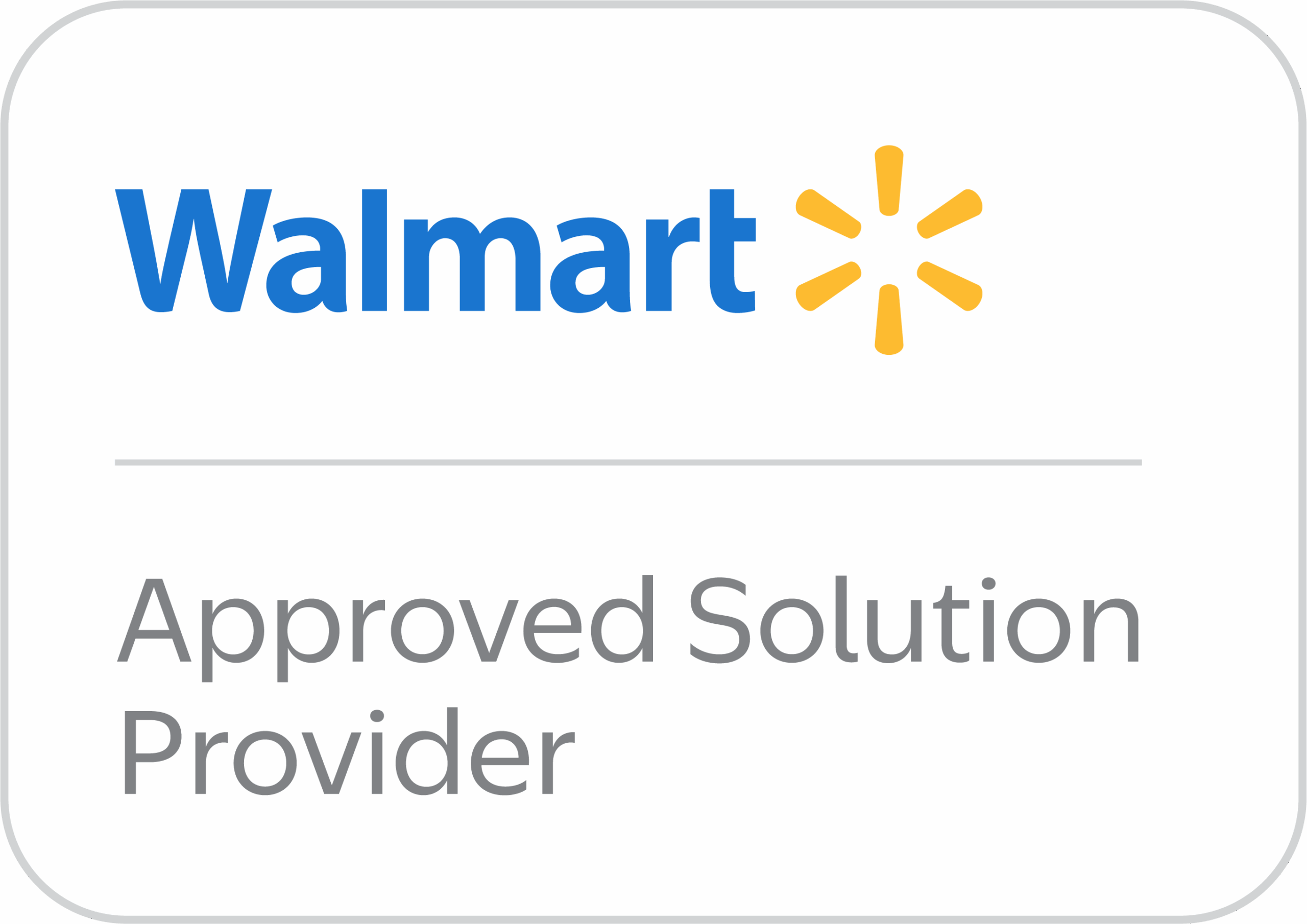If you’re managing an Amazon PPC (Pay-Per-Click) campaign, one of your primary concerns is likely your ACoS (Advertising Cost of Sales). In simple terms, ACoS is the ratio of ad spend to sales revenue, and lowering this ratio is essential to maintaining a profitable business. A high ACoS means you’re spending too much on ads compared to the sales you’re generating.
In this guide, we’ll break down the most effective strategies to help you reduce your ACoS, from keyword research to listing optimization and bidding strategies. Whether you’re a beginner or an experienced seller, this article will give you actionable steps to achieve a more profitable advertising campaign on Amazon.
What is ACoS and Why Should You Lower It?
Before diving into strategies, let’s clarify what ACoS really means. ACoS is calculated using this simple formula:
ACoS=(Total Ad Spend / Total Sales)×100
For example, if you spend $200 on ads and generate $1,000 in sales, your ACoS would be 20%. The goal is to keep this percentage as low as possible because the lower your ACoS, the more profitable your advertising efforts are.
A lower ACoS means you’re spending less on ads to generate sales, which directly improves your profit margins.
A common target ACoS is between 15-25%, but the ideal number can vary depending on your product category, margins, and business goals.
Strategy #1: Effective Keyword Management
Effective keyword management is at the core of any successful Amazon PPC strategy. Keywords determine when and where your ads appear, so getting this right is crucial for lowering your ACoS.
Research Your Keywords
One of the first steps in building a successful campaign is thorough keyword research. Using tools like Helium 10, Jungle Scout, or Amazon’s own search term report, you can identify buyer intent keywords—terms that are more likely to result in a sale. These keywords should form the foundation of your campaign because they typically convert at a higher rate, lowering your overall ACoS.
You want to ensure that you’re avoiding generic or low-converting keywords that drive up clicks without yielding sales. Continuously updating your keyword list ensures that your ads target relevant search queries. Research-based keywords that might attract browsers but not buyers should be gradually phased out as you collect more data.
Use Different Keyword Matching Strategies
Another essential tactic is to experiment with different keyword match types: broad, phrase, and exact. While broad matches give you the widest exposure, they often result in irrelevant clicks that drive up your costs. Phrase and exact match keywords, on the other hand, provide more control by limiting your ads to specific search queries. As your campaign progresses, you can begin with broader matches for discovery but then gradually focus on phrase and exact matches for the keywords that consistently convert.
Negative Keywords to Minimize Irrelevant Traffic
To avoid wasting money on clicks that don’t convert, you should also regularly update your list of negative keywords. Negative keywords prevent your ads from showing up in irrelevant searches, helping you save budget for the clicks that matter. For instance, if you sell premium coffee machines but don’t offer cheaper models, you might want to add “cheap” or “budget” as negative keywords to prevent your ad from appearing in such searches. Regularly monitoring and refining this list is one of the easiest ways to reduce ACoS.
Avoid Keyword Dumping
Keyword dumping—or loading your campaigns with too many keywords—is a common mistake. Instead, focus on quality over quantity. Stick to keywords that are relevant to your product and are more likely to convert. This will not only save your ad budget but also improve the overall health of your campaign by driving targeted traffic.
Strategy #2: Product Listings Optimization
Amazon’s algorithm favors ads that lead to conversions, so optimizing your product listing is crucial. Even with the right keywords and targeting, if your listing is poorly designed, your ACoS will remain high.
Compelling Titles & Descriptions
Your product title is one of the most important aspects of your listing. It should be keyword-rich but also compelling and easy to read. The title is your first opportunity to grab attention, and if it’s not optimized for the right keywords, your ad won’t perform well.
For example, if you’re selling a wireless mouse, a good title would be: “Wireless Mouse, Rechargeable Bluetooth Mouse for PC, Mac, Laptop with Silent Click – Black.” This title includes important keywords like “wireless mouse” and “Bluetooth” while being concise and informative.
Descriptions and bullet points should further emphasize the benefits of the product and incorporate secondary keywords. Use a clear, benefit-driven tone to encourage buyers to make a purchase.
Use High-Quality Images
Images are essential for converting clicks into sales. Your product images should be high resolution, show the product from multiple angles, and, if possible, demonstrate it in use. Lifestyle images can help potential buyers imagine themselves using your product, which can increase conversion rates and, by extension, lower your ACoS.
Optimize Your Page Content
Beyond just images and descriptions, your entire product page needs to be fully optimized. This includes making sure that SEO-friendly content is used throughout the page. Consider adding Enhanced Brand Content (EBC) or A+ Content to provide a more detailed and visually appealing product presentation. Well-organized content will not only boost your organic rankings but also improve your ad performance by increasing your conversion rate.
Strategy #3: Effective Bidding Strategies
Your bid management plays a crucial role in controlling costs and reducing ACoS. A poorly managed bidding strategy can quickly eat into your ad budget without yielding profitable sales.
Monitor and Adjust Your Bids
One of the best ways to reduce your ACoS is to keep a close eye on your bids. Amazon offers dynamic bidding, which allows you to adjust bids based on the likelihood of a sale. If Amazon determines that a shopper is less likely to convert, it will lower your bid in real-time. Conversely, you may want to increase bids on high-performing keywords to capture more traffic. This approach ensures that you’re spending your budget wisely and avoiding overbidding for irrelevant clicks.
Pause Keywords That Overspend Your Budget
Certain keywords might drain your budget without generating the desired sales. Regularly reviewing your keyword performance and pausing or lowering bids on keywords that are overspending is key to optimizing your campaign. Redirecting that budget to higher-converting keywords is a more efficient use of your ad spend and will contribute to lowering your ACoS.
Set Target ACoS Limits
To make your campaign more manageable, you can also set target ACoS limits for each SKU. Different products may have different profit margins, and your ACoS targets should reflect these variations. By setting limits, you can keep your ad spend in check and ensure that you’re always optimizing for profitability.
Strategy #4: Budget Optimization for PPC Campaigns
Budget optimization is another pillar of controlling your ACoS. While it may seem counterintuitive, spending less doesn’t always translate into better results.
Prioritize Your Best SKUs
When working with limited ad budgets, it’s important to focus on your best-performing SKUs. These are the products that have the highest sales potential or the highest profit margins. By prioritizing your budget on these products, you can ensure that you’re maximizing the return on your ad spend.
Use a PPC Tool for Automation
Managing an Amazon PPC campaign can be time-consuming, especially as your product catalog grows. By using PPC management tools like Sellics or ZonGuru, you can automate some of the more tedious tasks like bid adjustments, keyword monitoring, and budget allocation. Automation can help you reduce human errors and ensure that you’re making data-driven decisions at scale.
Strategy #5: Your Keyword Strategy Expansion
Keyword expansion and refinement are ongoing processes that are crucial for keeping your ACoS low.
Keyword Expansion for Growth
As your campaign progresses, you’ll start to gather valuable data on which keywords are driving sales. This data can help you expand your keyword list by identifying additional high-converting terms. Adding these new keywords to your campaign ensures that you’re continuously growing your reach without sacrificing profitability.
Competitor Keyword Targeting
Another useful strategy is competitor keyword targeting. By bidding on keywords related to your competitors’ products, you can capture some of their traffic and convert it into your sales. For example, if a competitor is selling a product similar to yours at a higher price, you can target their brand name and attract price-sensitive buyers to your listing.
How to Build an Efficient Amazon PPC Campaign?
Building an efficient PPC campaign involves more than just keyword research and bid management. Structuring your campaigns effectively from the outset is critical to long-term success.
When creating your Amazon PPC campaign, segment your ad groups by product category or SKU. This helps you keep a closer eye on performance and make more precise adjustments. For instance, a campaign for kitchen appliances should have separate ad groups for blenders, toasters, and coffee makers. This level of segmentation allows you to tweak bids and keywords for each product type, lowering your ACoS over time.
FAQs
What is a good ACoS on Amazon?
A good ACoS typically falls between 15% and 25%, but it depends on your product’s margins. Products with high-profit margins can sustain a higher ACoS, while lower-margin products require tighter control.
How often should I adjust my bids?
Regularly monitor your bids, ideally at least once a week, especially in the early stages of your campaign. Adjustments should be based on performance data, market changes, and seasonal trends.
What are some common mistakes when trying to lower ACoS?
Some common mistakes include relying too heavily on broad match keywords, neglecting to update negative keywords, and failing to optimize product listings. Additionally, not pausing underperforming keywords can lead to unnecessary spending.
How can I identify high-performing keywords?
Utilize Amazon’s search term reports to track which keywords drive the most conversions. Focus on keywords with a high conversion rate and adjust your bids accordingly to maximize visibility.
Wrapping Up
Lowering your ACoS on Amazon is not just about cutting ad spend; it’s about optimizing every aspect of your advertising strategy, from keyword selection to product listings and bid management. By employing these strategies, you can build a more efficient PPC campaign that not only reduces costs but also boosts your overall sales and profitability.
Remember, effective ACoS management is an ongoing process. Regularly revisit your strategies, test new ideas, and remain adaptable to changes in the market and consumer behavior. By doing so, you can ensure that your Amazon business thrives in a competitive landscape. For a more optimized DFI ACoS management service, contact us today.




